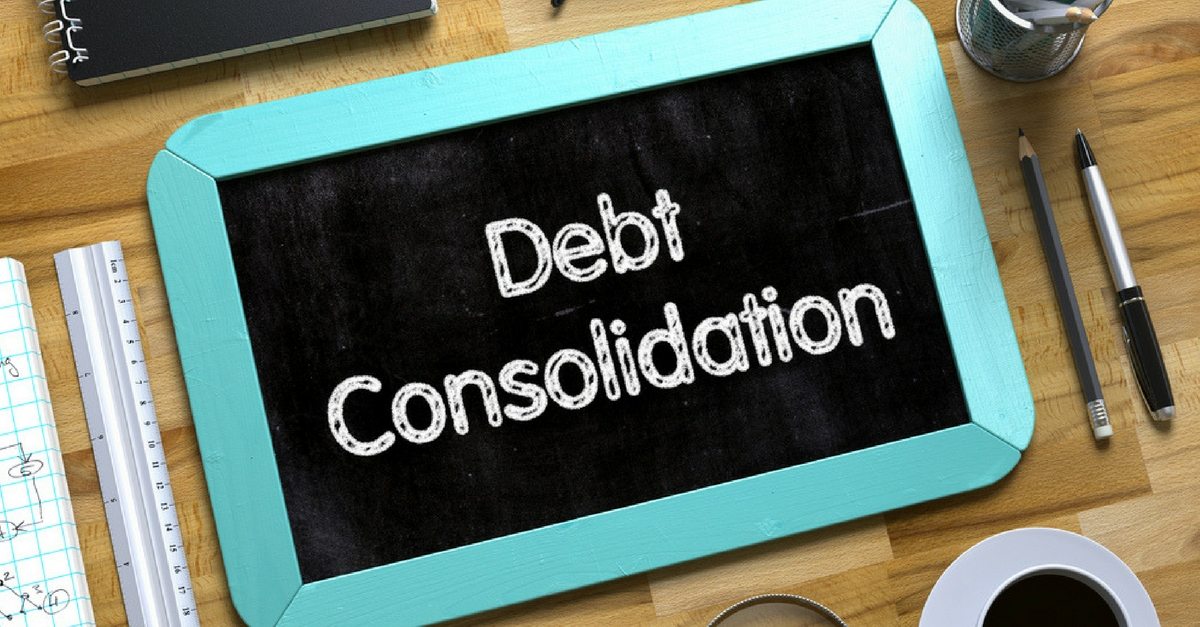Debt Consolidation Loans
Debt Consolidation Loans
Blog Article

Exploring Debt Consolidation: Secured vs. Unsecured Options
In the realm of personal finance, managing multiple debts can be overwhelming. Juggling various loans, credit card bills, and mortgage payments can lead to a constant cycle of stress and financial strain. However, there are solutions available to help individuals regain control over their finances, and among them is debt consolidation. Debt consolidation allows borrowers to combine multiple debts into a single, more manageable loan. However, when it comes to debt consolidation, borrowers often face the choice between secured and unsecured options. In this article, we'll explore the differences between secured and unsecured debt consolidation, examining their benefits, drawbacks, and considerations for borrowers.
Access additional resources about Opla loans.
Understanding Secured Debt Consolidation
Secured debt consolidation involves using an asset, such as a home or car, as collateral to secure the loan. By leveraging the equity in their asset, borrowers can access larger loan amounts and secure lower interest rates compared to unsecured options. With secured debt consolidation, lenders have the assurance that if the borrower defaults on the loan, they can seize the collateral to recoup their losses. Common forms of secured debt consolidation include home equity loans and home equity lines of credit (HELOCs).
Understanding Unsecured Debt Consolidation
Unsecured debt consolidation, on the other hand, does not require collateral. Instead, lenders approve these loans based on the borrower's creditworthiness and ability to repay the debt. Without collateral, unsecured consolidation loans typically come with higher interest rates compared to secured options. Additionally, unsecured loans may have lower borrowing limits, as lenders assume a higher risk by extending credit without collateral. Common forms of unsecured debt consolidation include personal loans and balance transfer credit cards.
Pros and Cons of Secured Debt Consolidation
Pros:
- Lower interest rates
- Higher borrowing limits
- Longer repayment terms
- Potential tax benefits (for certain types of secured loans)
Cons:
- Risk of losing collateral if unable to repay
- Requires equity in an asset
- May involve additional fees and closing costs
Pros and Cons of Unsecured Debt Consolidation
Pros:
- No risk of losing collateral
- No equity requirement
- Faster approval process
- Flexibility in loan usage
Cons:
- Higher interest rates
- Lower borrowing limits
- Shorter repayment terms
- Less favorable terms for those with poor credit history
Considerations for Borrowers
When deciding between secured and unsecured debt consolidation, borrowers should consider several factors:
Financial Situation: Assess your current debt load, credit score, and ability to repay the loan.
Collateral Availability: Determine whether you have assets that can be used as collateral for a secured loan.
Interest Rates: Compare the interest rates offered for secured and unsecured loans to evaluate potential savings.
Risk Tolerance: Consider your comfort level with risking collateral against the benefits of lower interest rates.
In Conclusion
Debt consolidation can be an effective strategy for simplifying repayment and reducing interest rates. However, borrowers must weigh the pros and cons of secured and unsecured options carefully. While secured consolidation offers lower interest rates and higher borrowing limits, it carries the risk of losing collateral. On the other hand, unsecured consolidation provides flexibility and no risk to assets but typically comes with higher interest rates and stricter borrowing limits. By understanding the differences between secured and unsecured debt consolidation and assessing their own financial situation, borrowers can make informed decisions to achieve their debt management goals.
Report this page